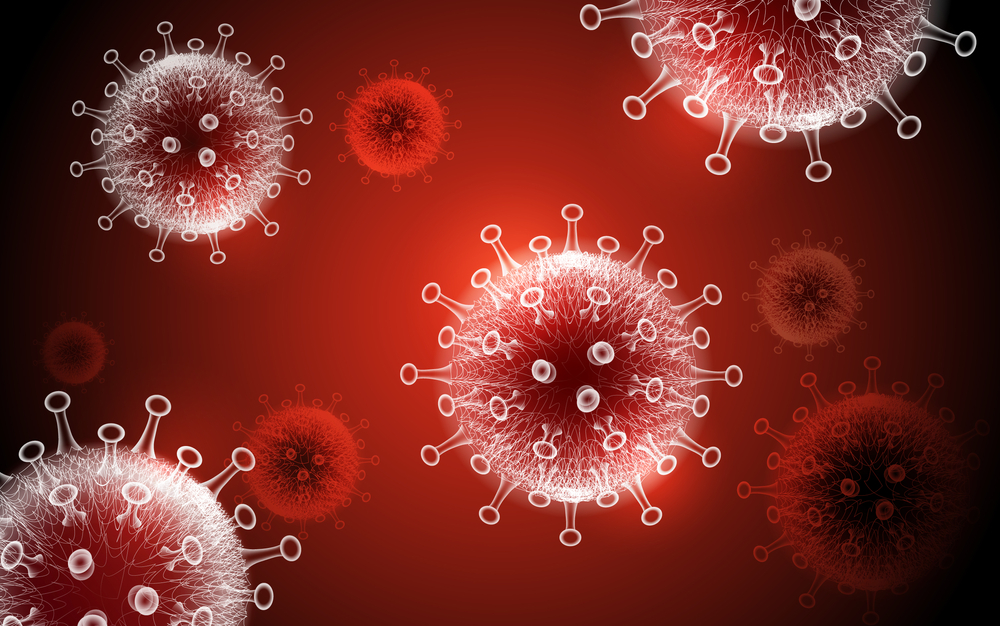On March 1st, my friend and colleague, Marissa Carter, PhD emailed me a graph of her COVID-19 infection rate model. After seeing it, I put my mother in quarantine the following week. Her model turned out to be far more accurate than the Harvard model (or other models) – so when she sends me an email with permission to share it, you can bet it’s worth reading.
–Caroline
Things we have learned about COVID-19 and Things We Need to Learn
We may know why ~20% of people get severely ill:
- In some cases it can directly infect the heart: Most people hospitalized with COVD-19 have an underlying serious comorbidity. In the beginning we thought it was related only to immune deficiency or pulmonary complications. That was based on the conceived MOA of the virus via the upper and lower respiratory tract. However, in up to 20% of cases it appears that the virus can infect the heart directly. Some of these cases are related to pre-existing heart conditions and some are not.
- Some immune systems are just too good: We also seeing a small percentage of cases in which overzealous immune systems cause hypercytokinemia (massive release of cytokines). It must be presumed that certain genes have a major influence and certain mutations predisposed the individual to serious complications.
- Initial viral load plays a role: Initial viral load can also play a role in disease trajectory – meaning, the more virus you are infected with, the faster you become ill.
We don’t know how many people have died or how fast it is really spreading:
- Social distancing is actually working better than we originally thought. That’s because some 80-95% of people are complying with quarantine, self-isolation, or stay at home orders compared to lower figures assumed in models. Modeling is showing however, that closing schools is not a major factor in lowering overall transmission.
- The number of cases and deaths related to COVID-19 are being undercounted, in some instances by a large factor. This situation is not unique to COVID-19. It has happened in many other epidemics. Some of this is due to existing regulations, some to politics, some to limited testing, some to case definitions, and some because facilities are just overwhelmed. Modeling from flu epidemics combined with widespread antibody testing could be used to calculate more realistic numbers when this thing is over.
We don’t know whether you stay immune after you catch it:
- We don’t know how long immunity lasts if you contract and survive COVID-19. This is important because if immunity is weak or limited over time (and you could catch it a second time) then the virus could be circulating for a very long time.
We know there are 2 strains (and it may not matter):
- There are two strains circulating, the L and S strains. The S strain is the older version and less prevalent (about 30%). There has been a lot of speculation that the L strain is more aggressive but data are lacking. (I haven’t seen hard data to suggest they are very different.) We also don’t know if other strains could emerge over time even though this coronavirus is relatively stable in regard to mutation.
We know infections will peak in wave(s)
- We don’t know how many waves there will be. In the US alone current modeling suggests that there will be two peaks: coastal and interior, several weeks apart. If India or countries like it in which public health resources are very limited do not get a handle on controlling their outbreaks, we could be looking at further waves several months later.
We don’t know when it will end – but it will take more than a year
- Until we have a successful and safe vaccine, or until countries achieve an essential herd immunity, the virus will continue to circulate. This is likely to be 18-24 months from now.
- Ultimately, the decision about reopening the economy will be a tradeoff between massive economic penalties for long lockdown periods versus the mortality and morbidity consequences following less severe social distancing modes.
Marissa J Carter MA PhD MAPWCA
President
Strategic Solutions, Inc.
37 Voyager Lane, Bozeman, MT 59718, USA
Website: http://www.strategic-solutions-inc.com

Dr. Fife is a world renowned wound care physician dedicated to improving patient outcomes through quality driven care. Please visit my blog at CarolineFifeMD.com and my Youtube channel at https://www.youtube.com/c/carolinefifemd/videos
The opinions, comments, and content expressed or implied in my statements are solely my own and do not necessarily reflect the position or views of Intellicure or any of the boards on which I serve.




Excellent summary, Marissa